How to get rid of the hogweed on the site?
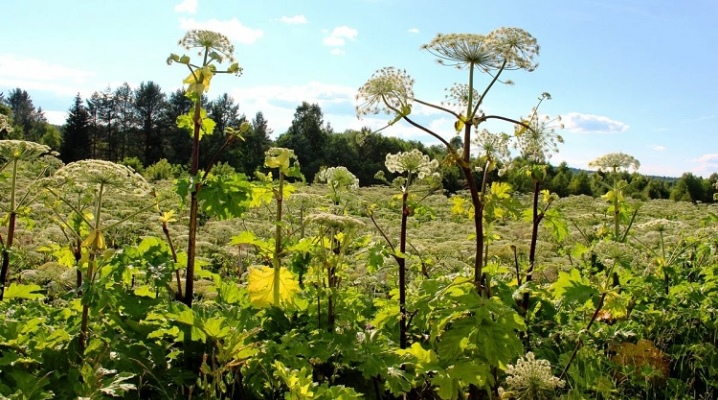
Hogweed is a weed known to many summer residents. Many of its species are dangerous to humans and animals. We will describe below what the biological feature of this weed is, and what methods are most effective in combating it.
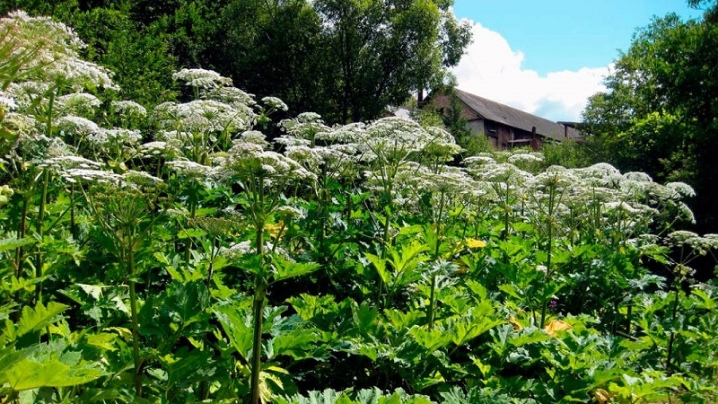
Biological features of the plant
Some types of hogweed, namely Siberian, furry and dissected in Russia, were actively used as medicines and even consumed as food. Its leaves were used in salads and soups, its stem was often pickled, fried or boiled, and the root was used as a spice. However, there are also dangerous varieties of this plant: Sosnovsky's hogweed, wild hogweed and Mantegazzi's hogweed. With such plants, you need to actively fight.
This weedy perennial plant belongs to the Umbrella family. The lifespan of such a weed can reach 12 years. It is resistant to low temperatures, easily tolerates even the most severe frosts and grows actively. Plant height can reach from 20 to 250 centimeters, which makes mowing or cutting it down becomes a very problematic task. Some of the varieties of this poisonous plant can grow up to 6 meters in height. Usually it is the tall hogweed that is the most dangerous for people and animals.
The cow parsnip grows mainly in sunny areas, where dryness prevails. This weed does not tolerate high humidity. Its main feature, in addition to its high toxicity, is its appearance, by which it can be determined. So, the leaf of such a plant is wide, and along the edge it looks torn and rough. On its stem, you can see a fluff with purple dots. Umbrella-shaped inflorescences consist of small flowers of white, pink or yellowish-green hue.
The main danger of this plant is that it burns the skin when its juice, containing coumarin and furocoumarin, gets on them. These components are able to increase the sensitivity of a person to the perception of the sun.
Subsequently, this poisonous liquid, when it gets on the skin, increases pigmentation and can cause dermatitis - specific burns that are very painful and take an extremely long time to heal.
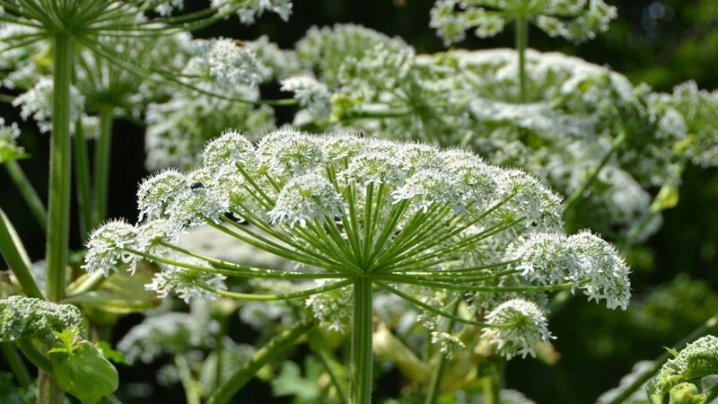
Mechanical methods of struggle
The mechanical method of fighting is the most obvious and the best among others. It can be called effective, but at the same time it is quite time consuming. This method involves mowing and digging up the plants. To carry out poisonous weed removal work, it is imperative to protect yourself with a long-sleeved shirt, trousers and protective gloves. If the poisonous liquid of the cow parsnip accidentally gets on the skin during the elimination of the plant, it must be immediately washed off with water.
The digging of the plant is usually carried out before the inflorescences appear and provided that the plant has not had time to grow throughout the site and is present only in single specimens. This must be done with a sharpened shovel, carefully digging in the roots to the maximum permissible depth. Next, the plant is grabbed by the stem and pulled to remove it completely. If the rhizome breaks off, the work must be repeated.Note that it is not worth leaving even small parts of the weed in the soil, as dormant buds may remain on them, which will surely germinate later.
If, on the summer cottage, the hogweed has managed to fully grow, then it will no longer be possible to dig it up. In this case, the weed plant is simply mowed down. Do this on a regular basis, as weed sprouts periodically reappear.
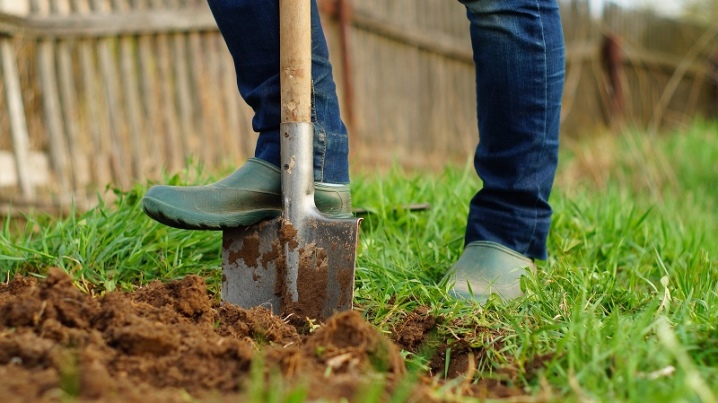
After mowing, most of the green mass is simply burned, but some use the foliage for compost. After mowing, weeds grow again quickly enough, and therefore this method of removing them is recommended to be combined with any other.
Some, after mowing, resort to the help of cattle. After mowing weeds, living creatures trample the shoots, which prevents their growth and subsequent development. You can also resort to using such an agricultural technique as mulching. It involves covering the site with one or another material, which should contribute to an increase in humidity and the elimination of sunlight. Most often, either geotextile or plastic wrap is used for mulching.
Another mechanical method is burning, but it is not at all safe. It should be used only in cases where the area overgrown with weeds is located at a sufficient distance from buildings and trees, and the weather is calm. Burning out is carried out as follows: a poisonous plant and the soil under it are watered with gasoline or other flammable liquid, and then set on fire. When carrying out such a procedure, it is necessary to carefully monitor the fire so as not to let it flare up too much and affect other territories. After that, the fire is extinguished, and the site is dug up and covered with fresh earth.
Note that after carrying out such a procedure, it is not recommended to plant cultivated plants in such a site for at least a year.
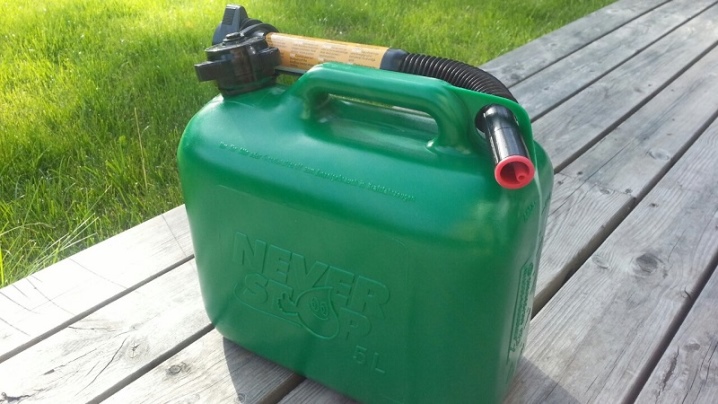
We use folk remedies
You can also remove harmful weeds with the help of folk recipes.
- Many people use common table salt to fight the poisonous weed. It is scattered over the area where the plants grow, after which the soil is deeply loosened so that the salt penetrates as deeply as possible. Please note that after such a treatment, the soil ceases to be suitable for growing cultivated plants in it due to the high amount of salts in it. Growing plants on such a site will require additional processing.
- Another method of struggle is the use of vinegar essence. So, vinegar can be injected into the tissues and root of the weed, which will eventually destroy the plant. In addition, you can use a solution of a liter of water, 2 bags of citric acid, a liter of vinegar, 4 tablespoons of liquid soap and 50 milliliters of alcohol. The components must be mixed and using a spray bottle to spray harmful plants. They do it on a sunny day when there is no wind.
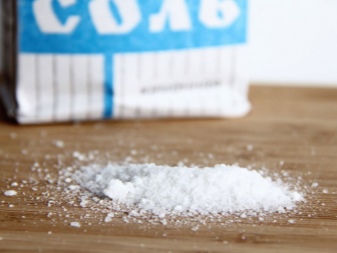
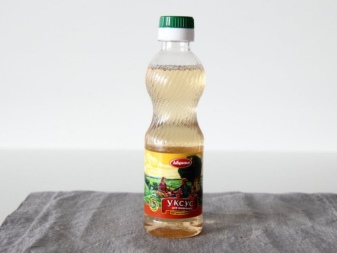
Remediator plants and natural enemies
Weed plants can be removed with the help of remediator plants. Most often, this method of control is used in cases where there are a lot of weeds on the site. For this, legumes or cereals are used. You can also plant galega medicinal, awnless rump, Jerusalem artichoke, raspberries and potatoes. Natural enemies of this weed are also often used, which include the hogweed moth.
She will happily eat hogweed, but at the same time she will destroy the rest of the umbrella plantings that are grown on your site. If this method does not suit you, then there is another one - this is the use of the Phoma complanata fungus. It is completely safe for cultivated plants, but not suitable for everyone, since it is unacceptable to use it in private households.


How to clean with herbicide?
The use of herbicides in the fight against poisonous plants is a radical measure. Most often, this method is resorted to only when they have filled almost the entire territory. Such funds are highly effective. They are able to give a quick result and get rid of poisonous weeds, if not forever, then at least for a long time, but they also have disadvantages. Herbicides are quite toxic, and therefore, if used incorrectly, they can harm not only weeds, but also cultural plantings in the garden.
It is necessary to use drugs of this kind strictly according to the instructions, without neglecting the dosages. In this case, it is necessary to observe safety precautions and use at least basic personal protective equipment, including protective gloves and a mask. Otherwise, there is a risk of harm to your own health. Roundup, Hurricane Forte and Tornado Forte are among the most effective drugs to combat poisonous growth.
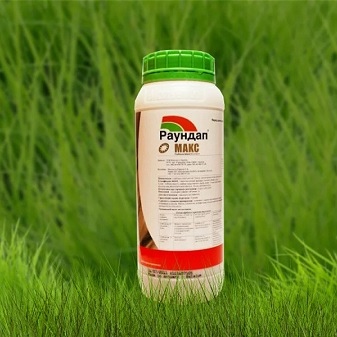
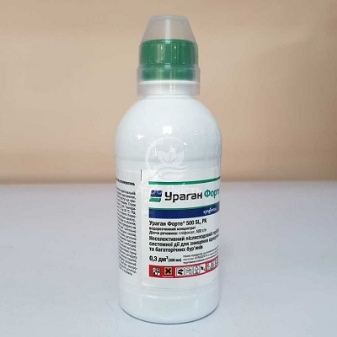
Security measures
To protect yourself from burns when harvesting a hogweed, you must follow safety measures.
- To work with single specimens of the weed, you need to use clothes with long sleeves and a closed collar, made of thick fabric, as well as rubber gloves. For work on a large area, you will need special clothing, including a waterproof suit, goggles, and a respirator.
- Cleaning must be carried out in cloudy weather, so you can avoid the appearance of painful burns when the toxic plant sap gets on the skin. Upon completion of work, open areas of the body must be rinsed with water, and then wiped with alcohol.
- It is recommended to contact the plant itself as little as possible. This is especially true when there is an abundance of dew on the weed.
- In the event that a burn does occur, the affected area must be rinsed with plenty of cold water, and then resort to the help of anti-inflammatory drugs. If blisters have formed on the skin, they should never be opened. A bandage is required on the areas where the bubbles have opened.
If the burn is severe and extensive, then in such cases you need to seek help from the hospital.
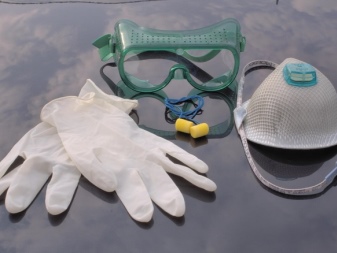

For information on how to get rid of the cow parsnip on the site, see the next video.













The comment was sent successfully.